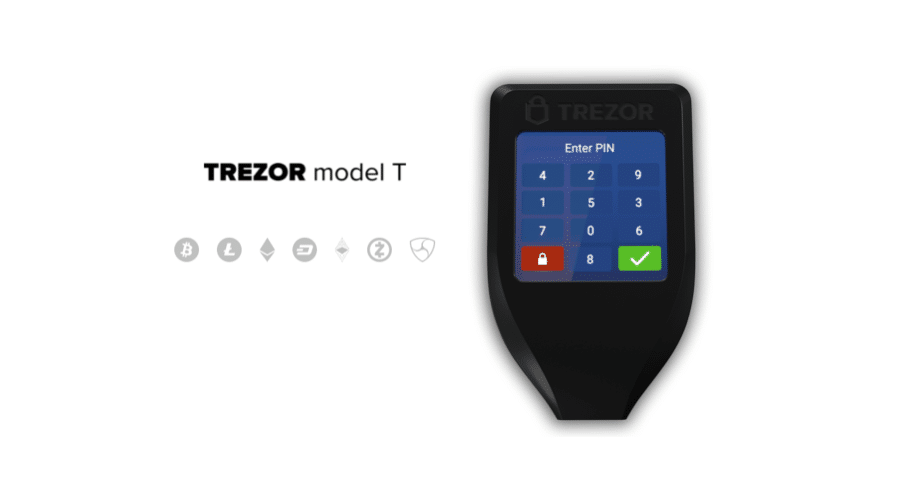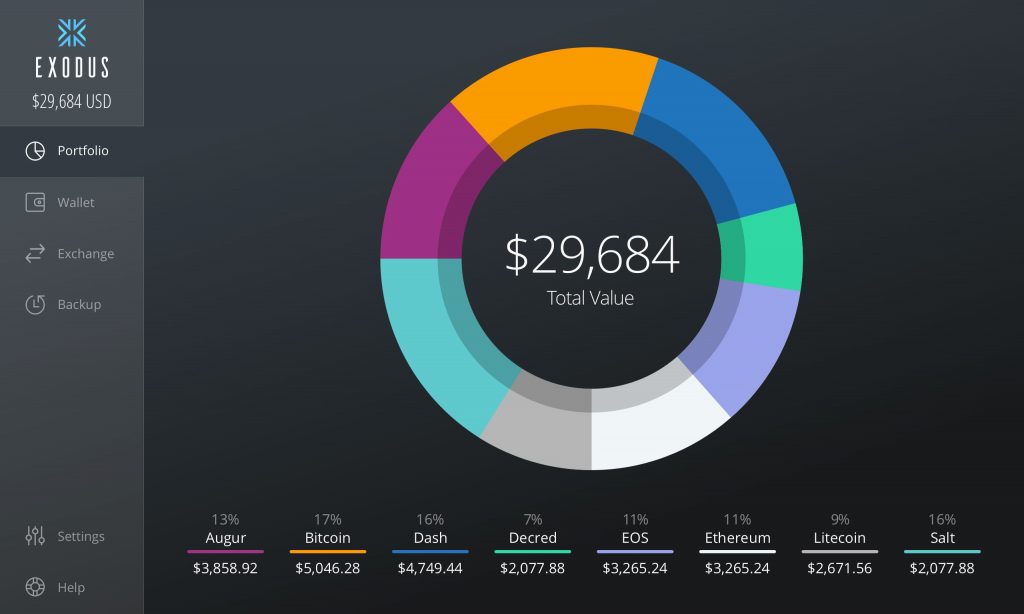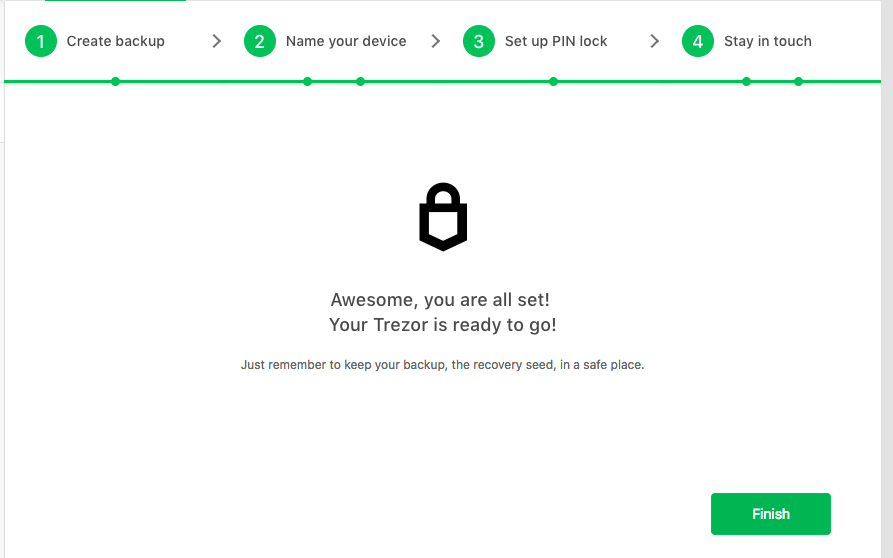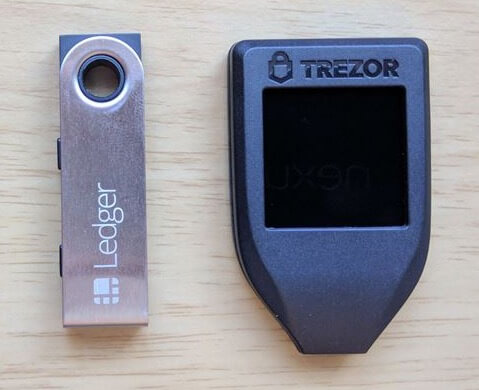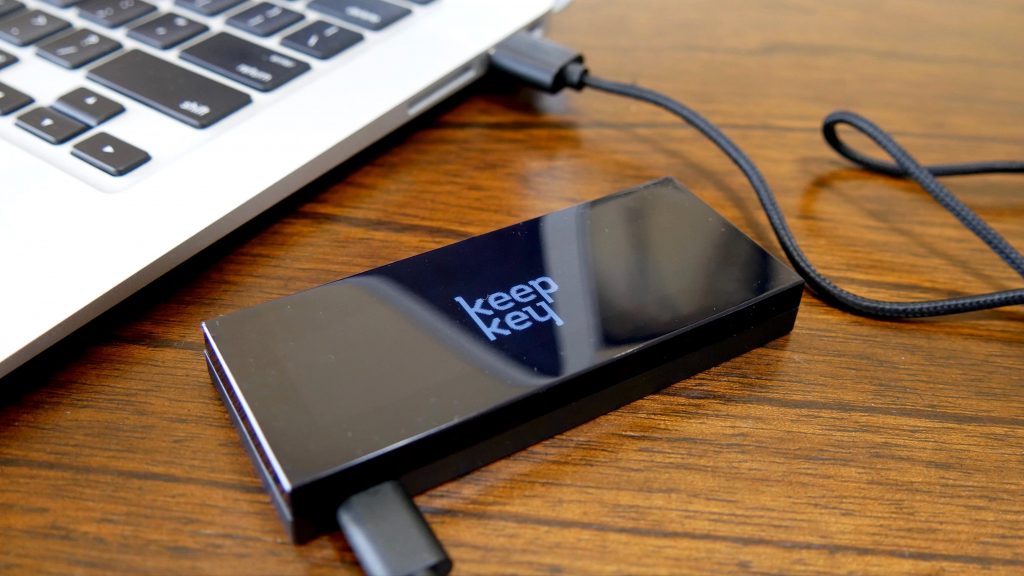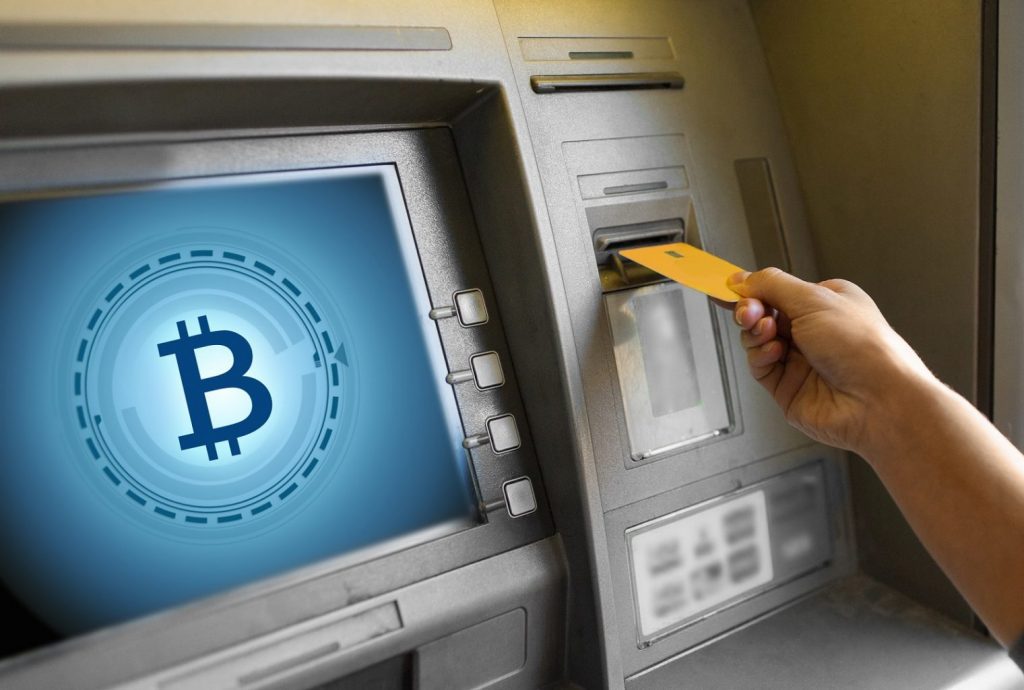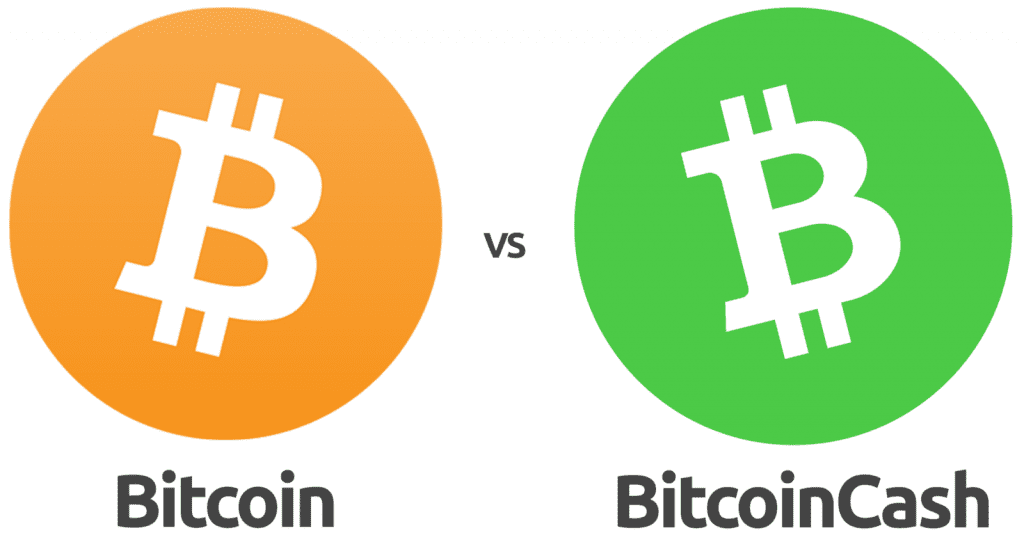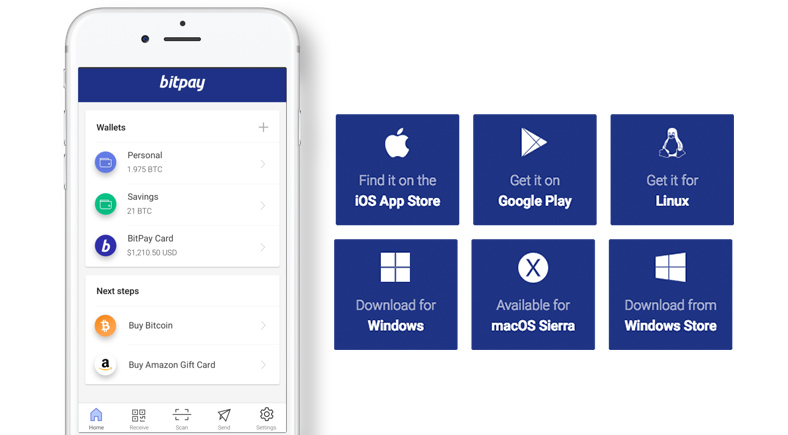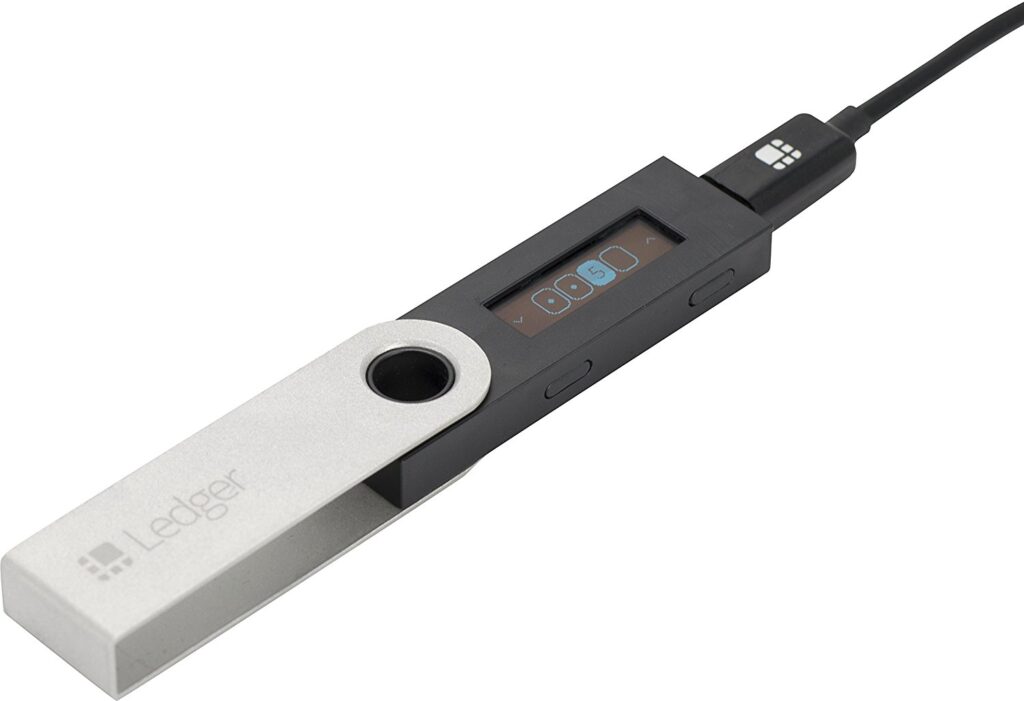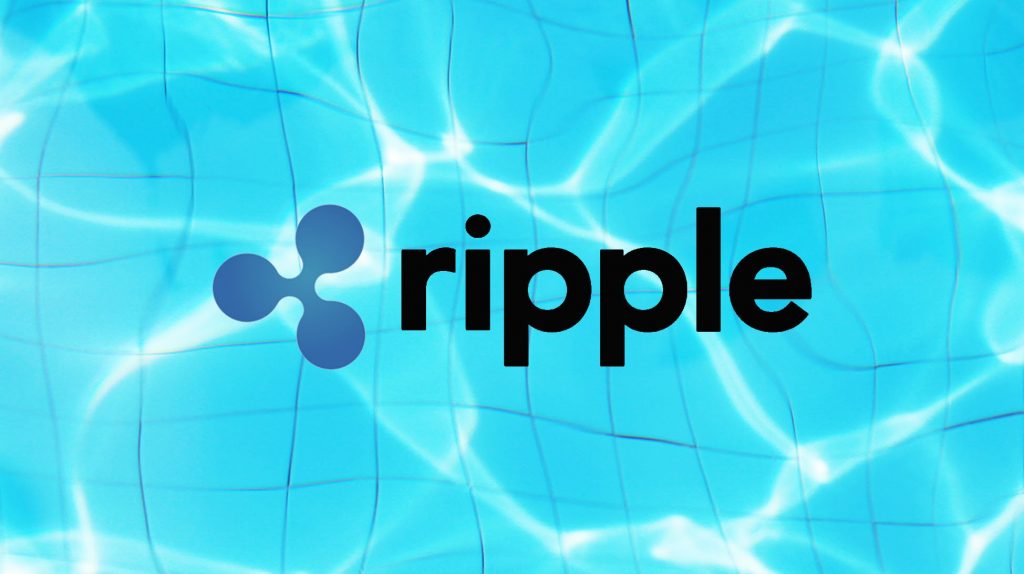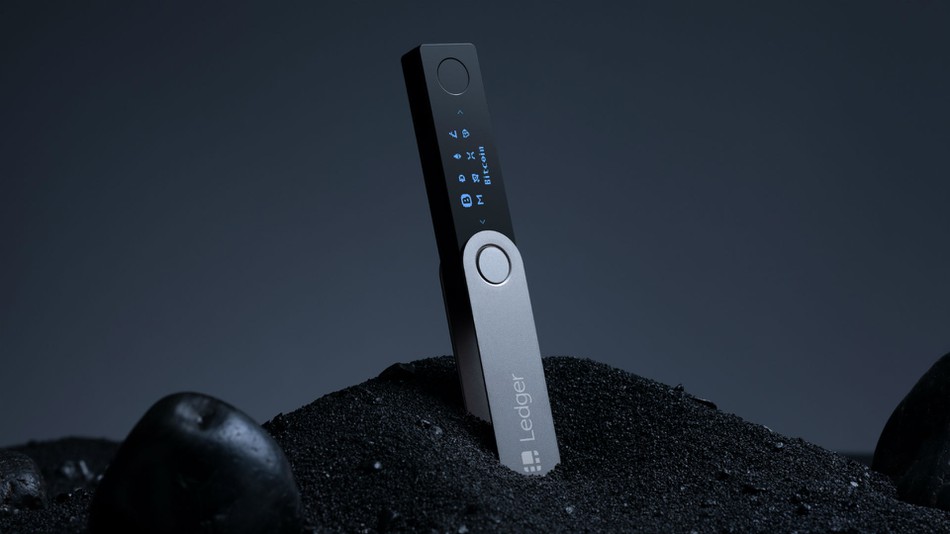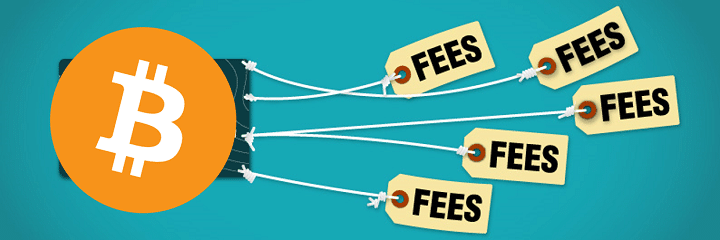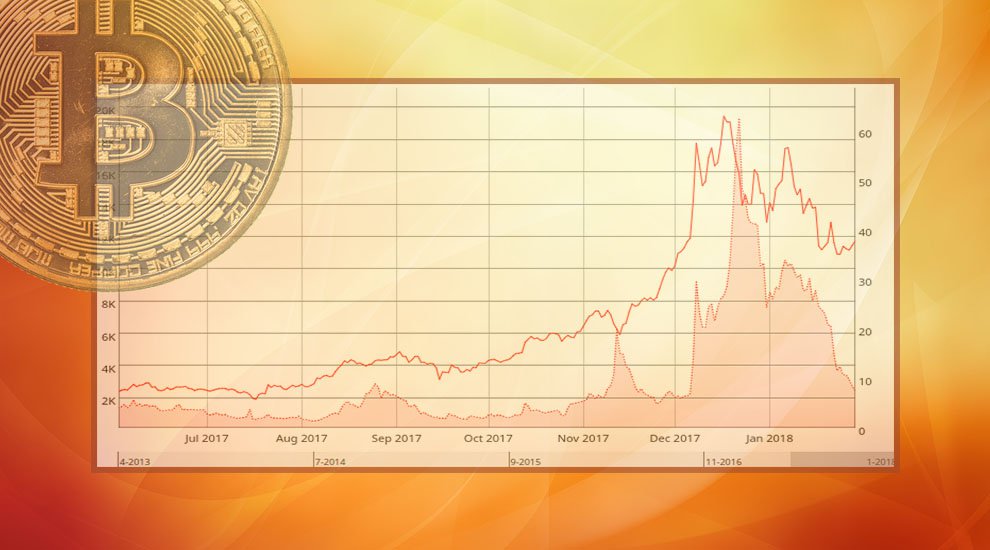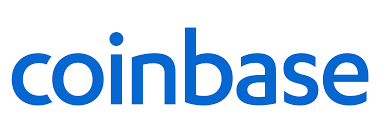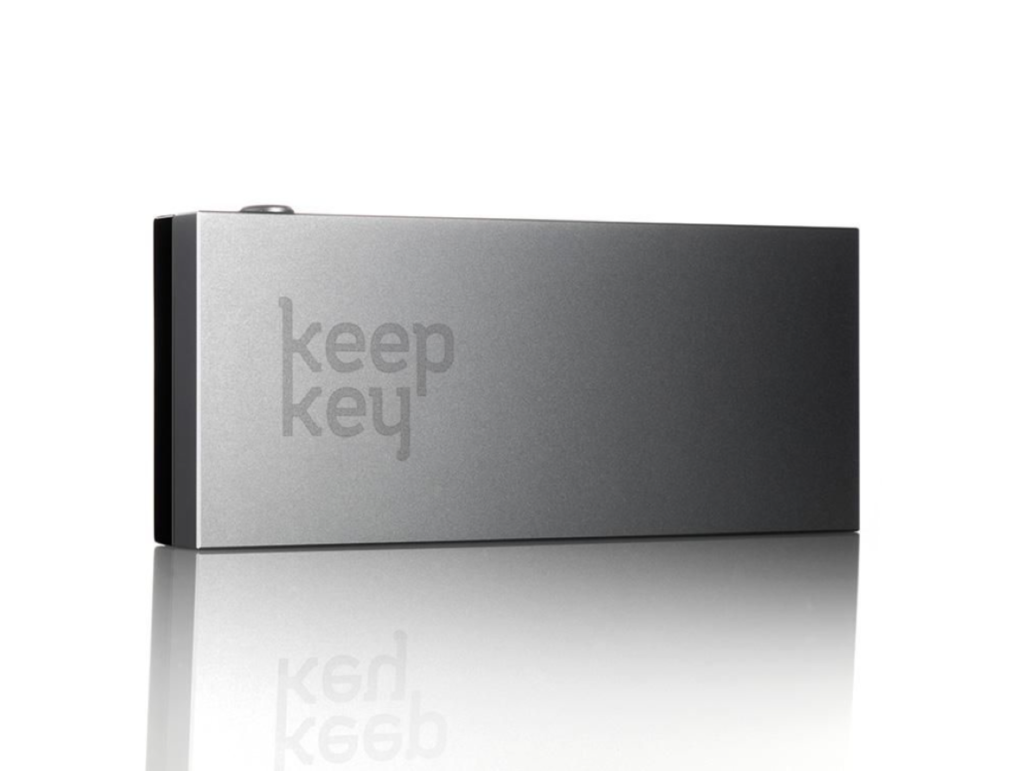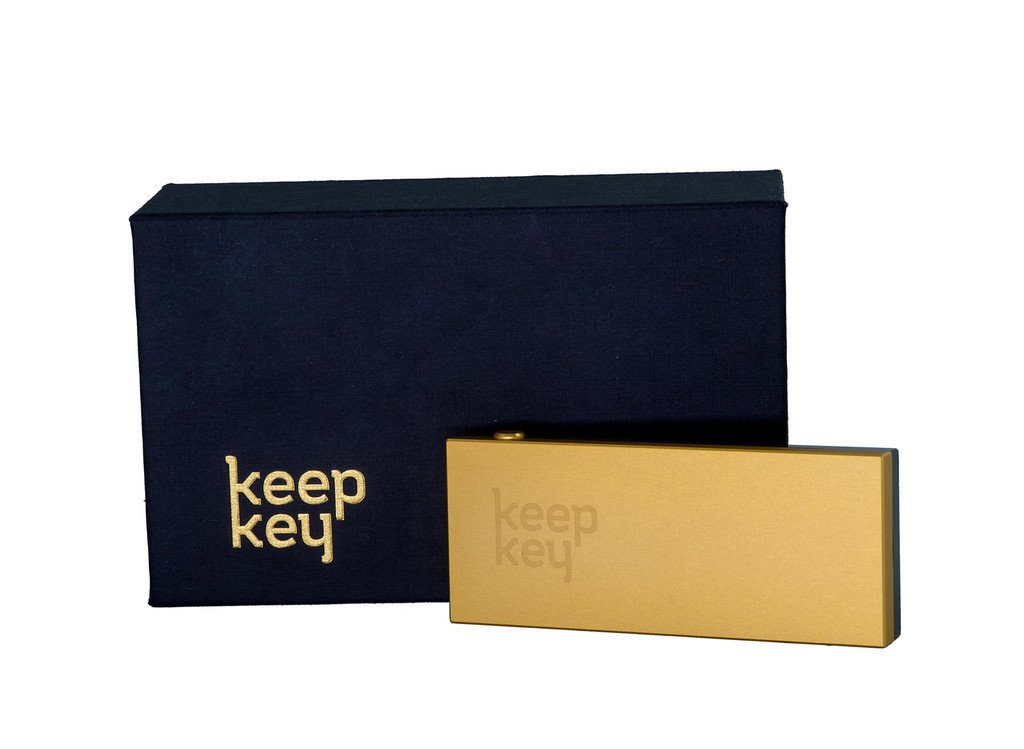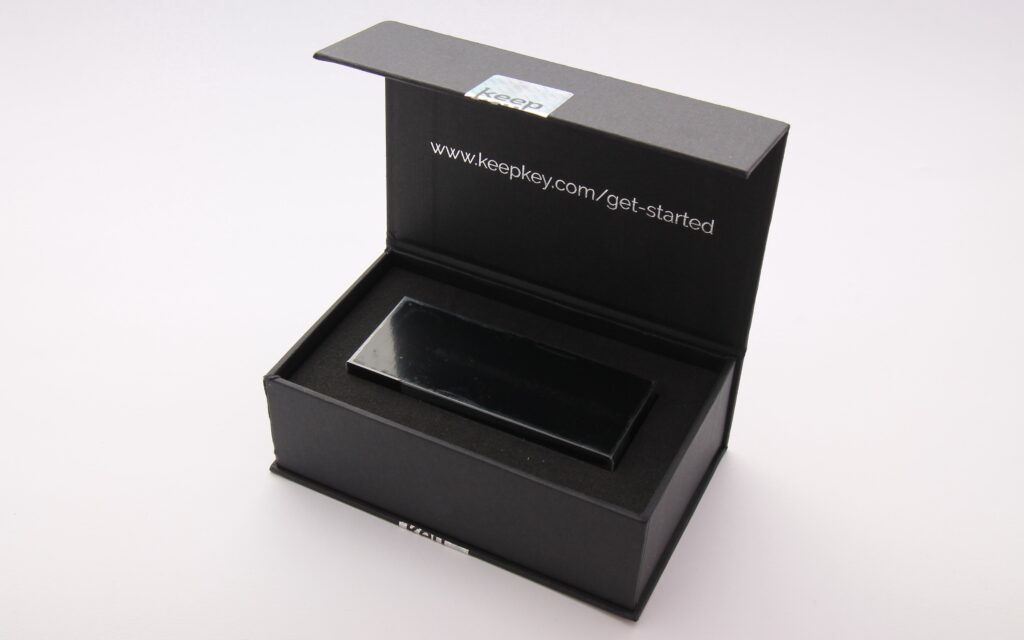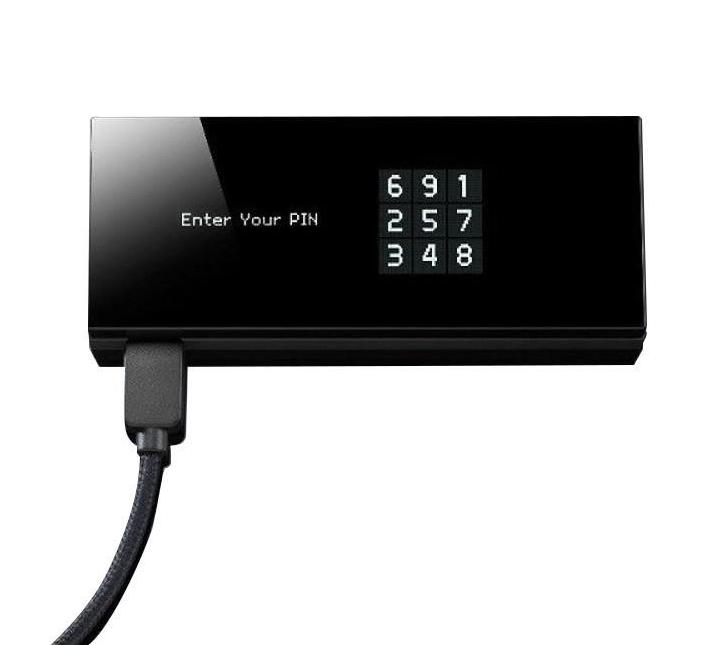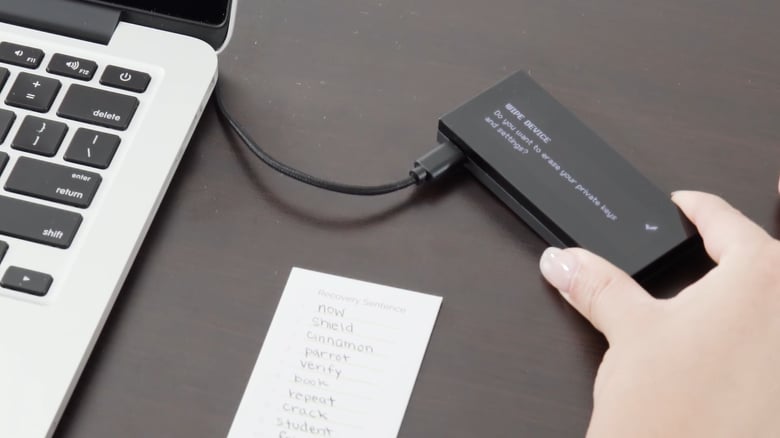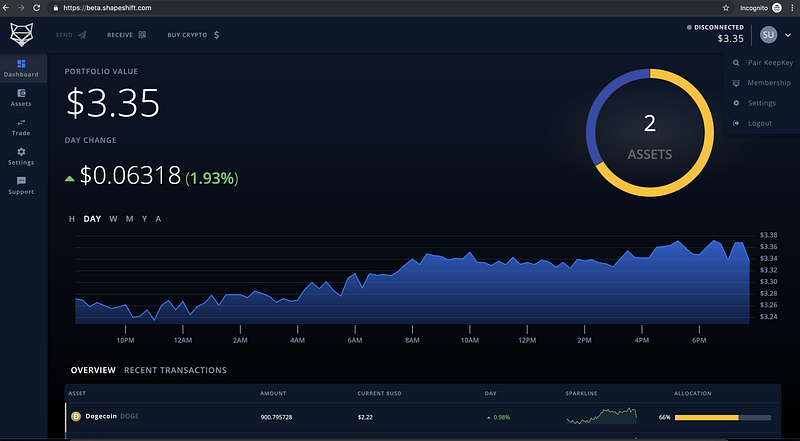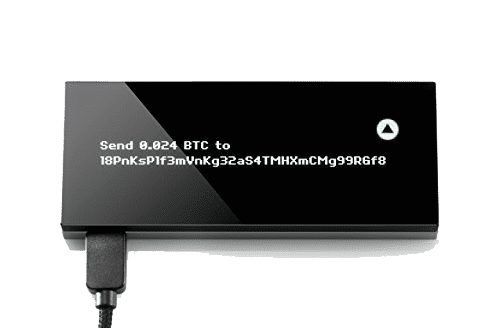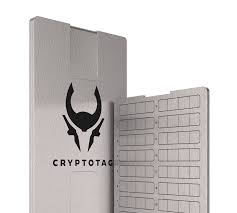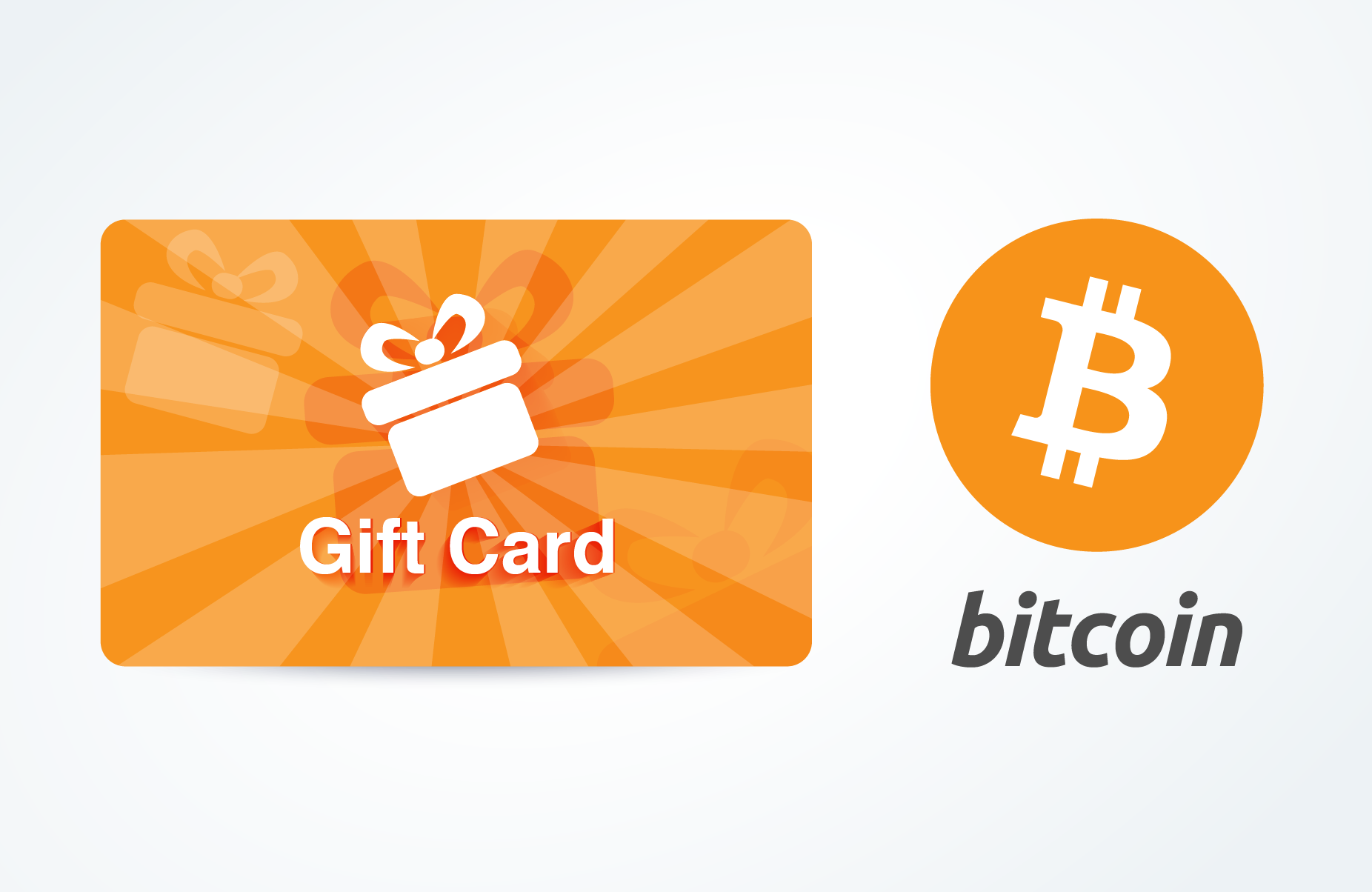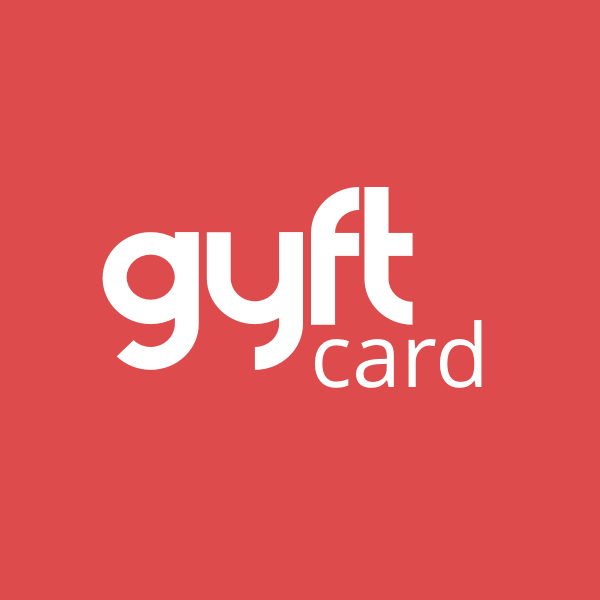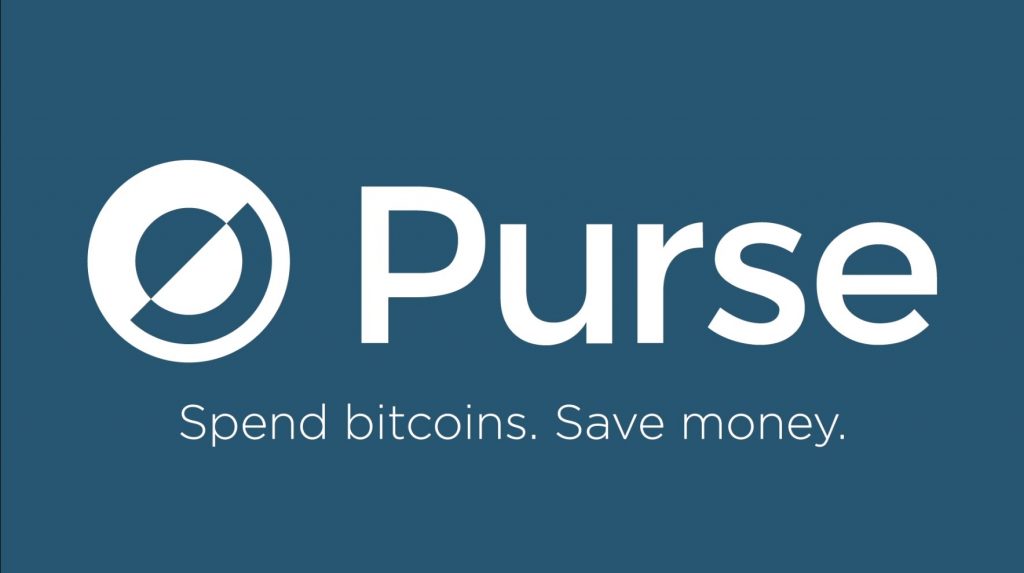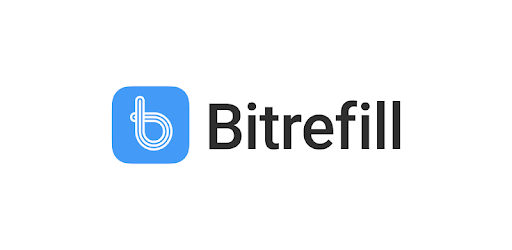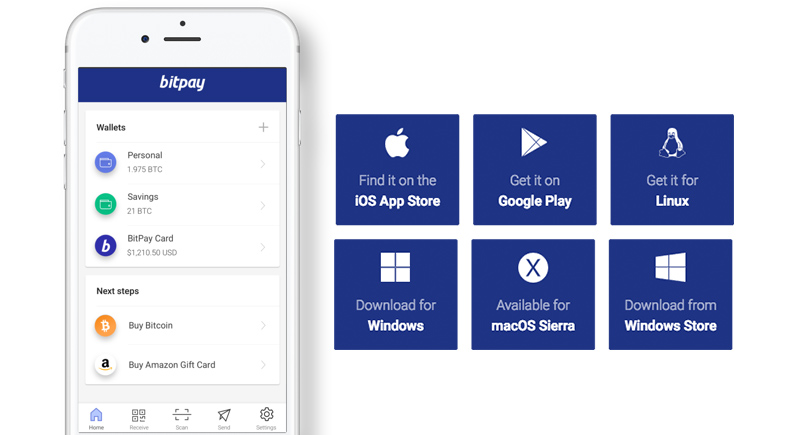Crypto VPN | 2 Best VPN’s To Use When Sending, Receiving, Or Exchanging Bitcoin
In this article, I am going to share with you why it’s best to use a VPN with all of your bitcoin related dealings with a crypto vpn. I recently had an experience where I was sending and receiving some bitcoin with a friend of mine and I was in a rush and I forgot to enable my VPN to process the transaction. 

At first, I didn’t think too much of it, but then I received an email indicating that it detected me sending it from a different IP address. This was a blunt reminder that even when you aren’t conscious of it, all of your dealings on the internet are being watched and recorded by your ISP, and in some cases, even the wallet or exchange you are sending or withdrawing your coins from.
This is why using a VPN is not only important for your everyday internet browsing, but particularly when you are dealing with sending, receiving, or exchanging bitcoin or other cryptocurrencies. Before I get into the meat of the article, I just wanted to remind my readers that I recently wrote an e-book that details the 5 best ways to secure your cryptocurrency. This is an in-depth guide that goes into the best tips and tricks for managing your cryptocurrency and specifically the best practices on how to store and diversify your holdings. Click HERE to check it out, it’s free!
So let’s get right into what a VPN is, and why you need one! Let’s go!
What Is A VPN?
A VPN (or Virtual Private Network) is designed to obfuscate or block your current IP address, which includes your ISP and your current location from being tracked online. Why would I need this? Well, as you probably already know, the internet is an amazing place, but it surely isn’t private. Your ISP is watching your web pages, knows your location, and can even report what you are watching and doing to the authorities, if they so choose. 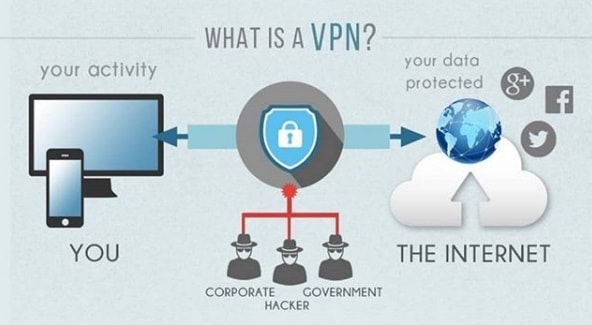

This is NOT ok, as your privacy is an unalienable right. There is no reason they need to know this information and should not be strong-armed into handing it over to the authorities for any reason. This is where a VPN comes in. VPN’s are not only used for every day internet browsing, but can also used for torrenting, streaming services (like Netflix and Hulu) and also when making any financial transactions, namely crypto transactions.
With a VPN, you can cloak your location, the website’s you access, any downloads or uploads you have engaged in, and much much more. This is ideal if you want privacy for whatever you decide to do online, and the best part is, most VPN providers don’t even log what you do, so if they are contacted by authorities, they can’t even hand over anything anyways.
Why Do I Need A VPN For Bitcoin Transactions?
As mentioned above, without a VPN, all of your interactions or actions you take online are recorded with your ISP and they log all your websites, and what you do on those websites. This means, that if they wanted to, they can see your passwords, watch your private information, and use it against you. This doesn’t mean they will, but take into consideration if they get hacked. There is nothing blocking a nefarious character from taking your personal information and using it against you.
When it comes to bitcoin and crypto transactions, privacy is the MOST important thing. Period.
Do I Need A VPN For Trading On Bitcoin Exchanges?
Yes. Most exchanges (especially U.S. exchanges like Coinbase, and Bittrex) are in bed with the government and the IRS, so they are tracking what you do, where you are, and can provide a lot of identifying information. If you consent to this when using an exchange, that’s on you, however, when you use a VPN, you can take your physical location layer out of the equation. Additionally, you may want to use services like Bitmex for leverage trading or an exchange like Bitfinex that does not allow U.S. IP addresses. This would be a work around for you to gain access to products and services that are not available in your jurisdiction.
Can I Pay For A VPN With Bitcoin Or Other Cryptocurrencies?
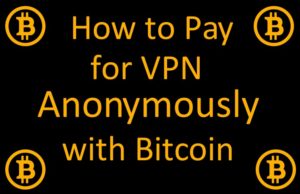

Yes. I recommend using either NordVPN or ExpressVPN, as I use both personally. They are not based in the U.S., so they are not subject to any of the regulations or over-reaching by our government, so that is a huge relief and provides peace of mind. You can click the link below to get 75% off Nord VPN and ExpressVPN below, and I believe they offer a free-trial as well and a 30-day money back guarantee!
**CLICK HERE TO BUY NORDVPN AT 75% OFF**
**CLICK HERE TO BUY EXPRESSVPN AT 75% OFF**
Additionally, you can pay in bitcoin or other cryptocurrencies when you sign up for either of these. To me, that’s a HUGE plus because it demonstrates the companies’ values and I always like to support organizations that promote using bitcoin and other crypto in every day commerce. I have a review video I did below that goes over these in a little more detail, but both are top-notch and trusted and used my millions of people for various uses. This is designed for people that value their privacy and anonymity. (Satoshi would be proud!)
Is There A Free VPN?
There is ONE that I have used in the past called Tunnel Bear, but it only allows up to 500MB per month for free. If you exceed that amount (which isn’t a lot), you will be required to upgrade and pay either a monthly or yearly fee. I used this as a starter VPN, and is the best free VPN I’ve personally used. You can use the link below to get signed up for free, and if you decide to upgrade, it will provide you 58% discount on your service. 

**CLICK HERE TO DOWNLOAD TUNNELBEAR FOR FREE**
Crypto VPN: Conclusion
Overall, you absolutely need a VPN for all of your crypto-related dealings and the options for NordVPN and ExpressVPN also have free mobile apps, so you can make sure it’s enabled on your phone if you prefer to send/receive on a mobile bitcoin wallet as well, so there is no excuse to not use one.
Trust me when I say, no matter how much of a hurry I am in, I will never forget to enable it again, and it’s just as simple as a click away, so it’s very easy to use. On a side note and on the topic of mobile apps, If you are looking for new an interesting ways to earn free bitcoin (and other cryptocurrencies), you can download the LIFE INFO APP.
This app pays you in bitcoin rewards on purchases you are making anyways, and also gives you an instant discount on everything you buy. There is no reason NOT to do this, as there is no catch, and you save money. If you’re buying these items anyway, you may as well save money and earn bitcoin for free. I will leave an in-depth review of this HERE for you to check it out and will answer more of your questions, but I strongly recommend you check it out.
What do you think? Do you use a VPN for sending and receiving bitcoin? Let me know in the comments below!
Cheers,
The Crypto Renegade
NOTE: This post may contain affiliate links. This adds no cost to you but it helps me focus on giving as much value as possible in every single post by being compensated for recommending products that help people succeed.





